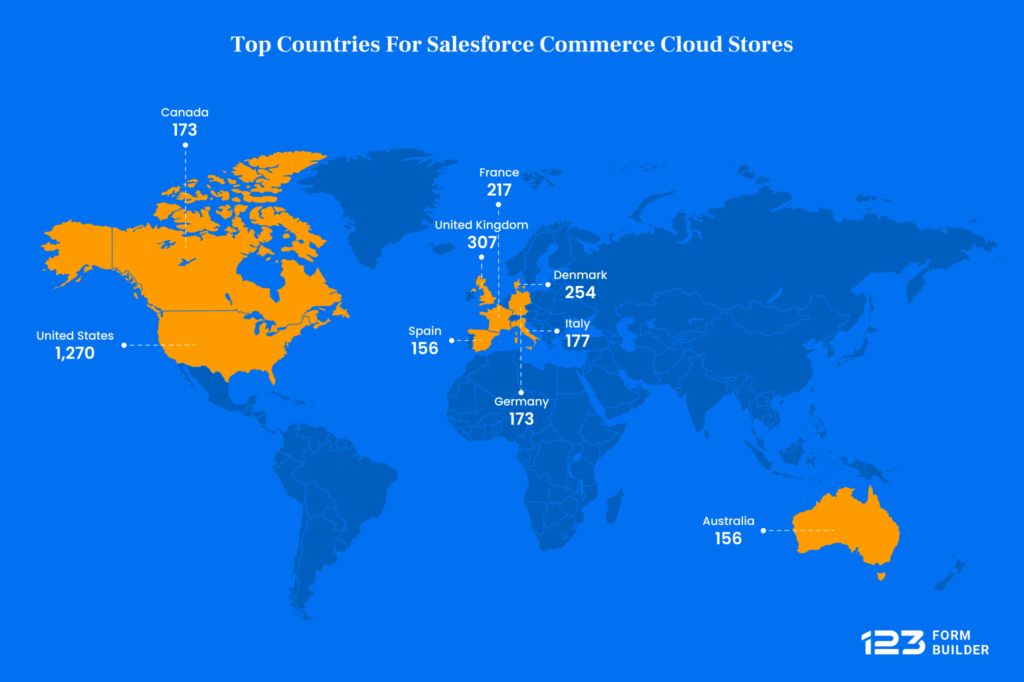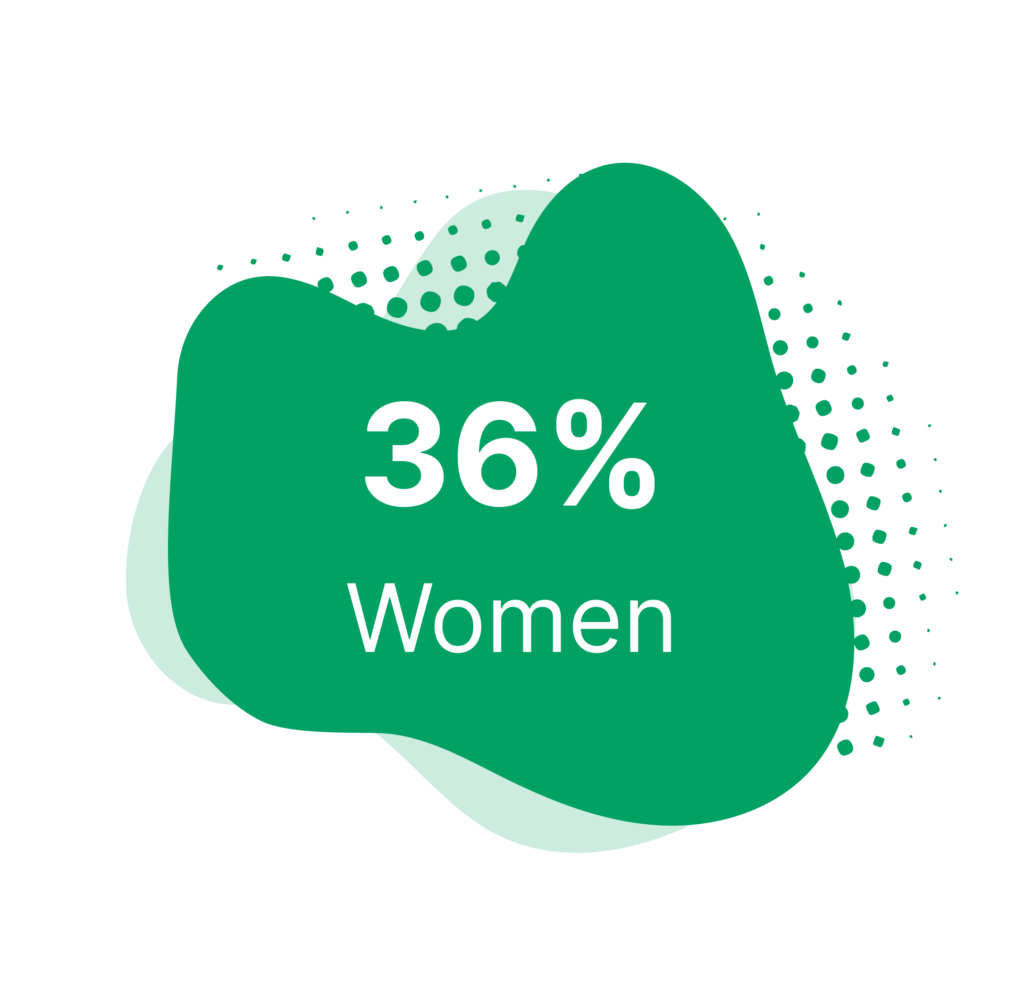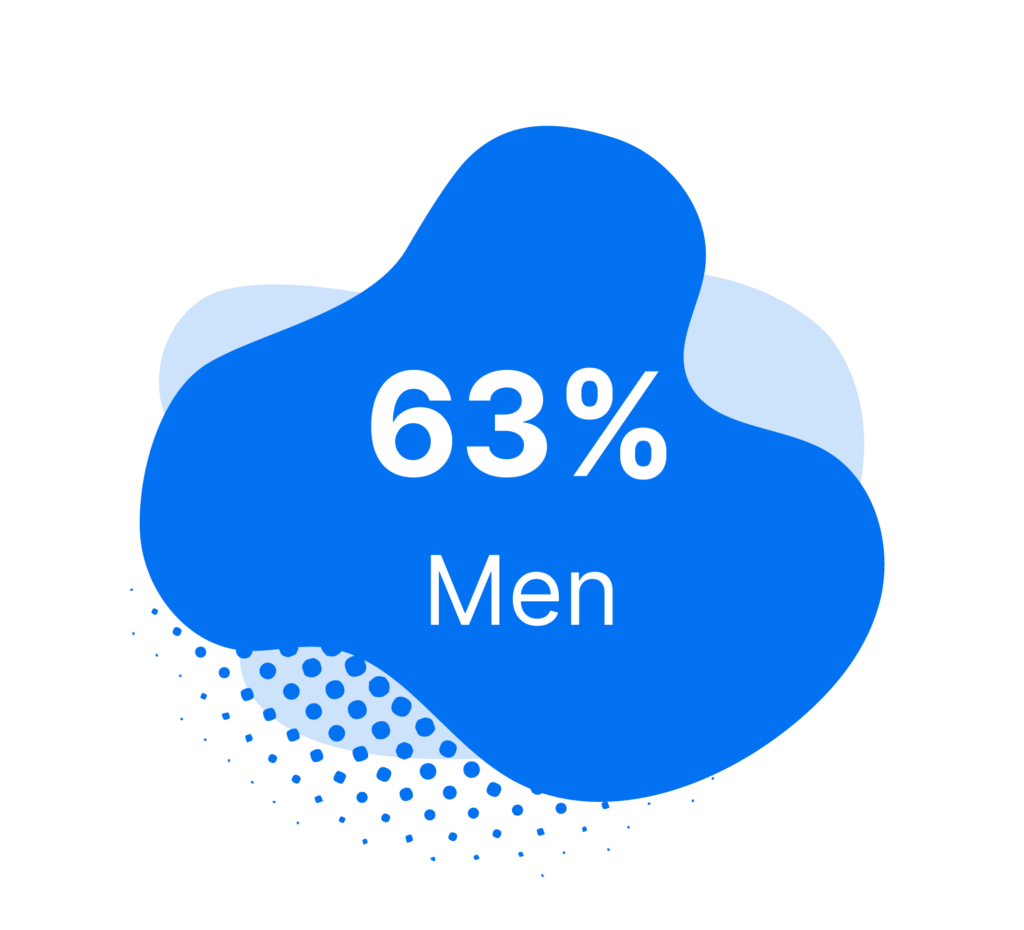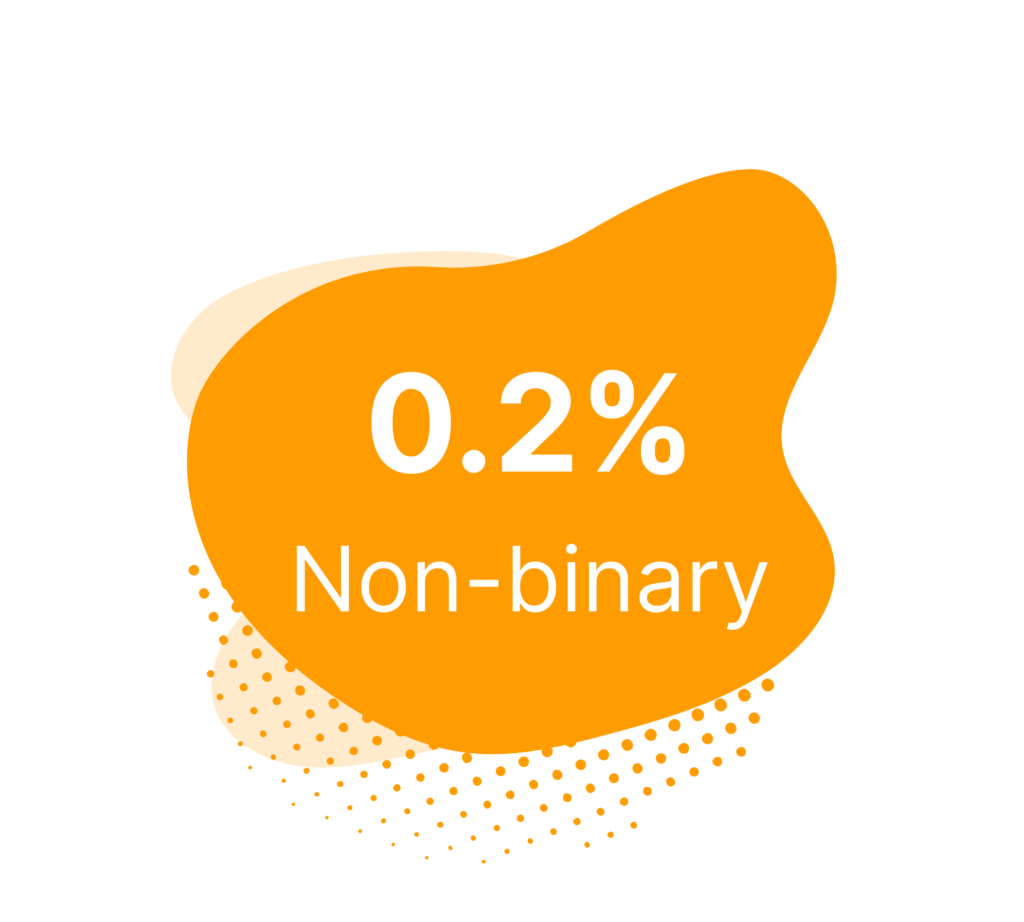50+ Salesforce Statistics (2023)
Organizations rely heavily on data-driven insights to make informed decisions in today’s fast-paced and competitive business landscape. Understanding customer behavior, identifying trends, and predicting sales outcomes are crucial for sales teams. Salesforce, a leading customer relationship management (CRM) platform, has emerged as a powerhouse tool that streamlines sales processes and empowers businesses with valuable statistics and analytics.
Key Findings
- Salesforce market share stands at 23.8%, dominating the CRM software market.
- As of 2023, Salesforce employee count has reached 79,390.
- Salesforce’s revenue reached about $31.35 billion in 2023.
- The Americas emerged as Salesforce’s leading revenue contributor throughout this period, with $21.25 billion in 2023.
- In the European market, Salesforce also experienced notable revenue growth, reaching up to $7.163 billion in 2023.
- 30% of Salesforce’s CRM users are from professional services.
- Salesforce Commerce Cloud hosts 5,401 active online stores.
Topics Covered
- General Salesforce Statistics
- Salesforce Annual Revenue
- Salesforce Revenue by Region
- The State of Salesforce Commerce Cloud
- Salesforce Employee Count
- Bottom Line
General Salesforce Statistics
Salesforce dominates the global customer relationship management (CRM) software market, commanding a substantial share of 23.8% in 2021. The company’s leadership is significantly ahead of its closest competitors: SAP, Microsoft, and Oracle, each holding approximately 5-9% of the market share.
Salesforce customers by industry
Around 30% of Salesforce’s CRM users in 2022 originate from the professional services sector. Significant user groups also consist of manufacturing, banking, and financial services. The Salesforce CRM includes various cloud-based services aimed at aiding clients in organizing contact details and facilitating sales, marketing, and customer assistance.
Salesforce Annual Revenue
Over thirteen years, from 2010 to 2023, Salesforce exhibited a remarkable growth trajectory in revenue. The company’s revenue increased yearly, marking a solid market presence and successful strategies.
From $1.31 billion in 2010, Salesforce’s revenue steadily climbed, reaching $31.35 billion in 2023. This growth indicates the company’s ability to adapt to changing market dynamics, capitalize on emerging technologies, and deliver innovative solutions to its customers.
Salesforce revenue by product/service type
Salesforce has witnessed impressive revenue growth across its various cloud service offerings from 2015 to 2023. The Sales Cloud, designed to enhance sales processes and customer relationship management, displayed consistent expansion, climbing from $2.44 million in 2015 to $6.83 million in 2023.
The Service Cloud, focused on optimizing customer service interactions, exhibited a similar upward trajectory, growing from $1.32 million in 2015 to $7.37 million in 2023.
The Salesforce Platform and Other services, encompassing development and customization tools, experienced steady growth, increasing from $745.3 thousand in 2015 to $5.97 million in 2023.
The Marketing & Commerce Cloud, catering to marketing and e-commerce needs, demonstrated notable advancement, rising from $505.3 thousand in 2015 to around $4.52 million in 2023.
Finally, the Data Cloud, specializing in data integration and analytics, showcased substantial growth, reaching $4.34 billion in 2023.
Revenue of Salesforce broken down by segment
From 2009 to 2023, Salesforce grew consistently and significantly in both segments. Subscription and Support revenues surged from $984.57 thousand in 2009 to $29,021 million in 2023, underscoring the increasing demand for their cloud-based software solutions.
Likewise, the Professional Services and Other segment grew from $92.20 thousand to $2,331 million in the same period, reflecting the company’s ability to provide tailored services alongside its software offerings.
Salesforce Revenue by Region
In the period spanning from 2009 to 2023, Salesforce witnessed a noteworthy growth trajectory in its revenues across different regions. The revenue figures for the Americas, Europe, and the Asia Pacific region reflect the company’s expanding global presence and success in penetrating diverse markets.
Americas
The Americas emerged as Salesforce’s leading revenue contributor throughout this period, consistently demonstrating a significant upward trajectory. Starting at $776.5 million in 2009, the company’s revenue from this region surged to a staggering $21.25 billion in 2023. The robust expansion of Salesforce’s customer base in the Americas showcases the company’s ability to cater to the evolving needs of businesses in this region, solidifying its position as a leader in the CRM industry.
Europe
In the European market, Salesforce also experienced notable revenue growth but at a slower pace than in the Americas. The company’s European revenue surged from $190.69 million in 2009 to $7.163 billion in 2023.
Asia Pacific
In the Asia Pacific region, Salesforce’s revenue exhibited consistent growth as organizations in this area embraced modern CRM solutions. Starting at $109.59 million in 2009, the revenue soared to $2.939 billion in 2023.
The State of Salesforce Commerce Cloud
Currently, the Salesforce Commerce Cloud platform hosts 5,401 active online stores. Looking at its growth trajectory, the number of stores utilizing the platform has significantly boosted.
In the second quarter of 2023, there was a 9.9% increase in stores compared to the previous quarter. Furthermore, on a year-over-year basis, the growth has been even more impressive, with a remarkable 51% rise in stores during the same period.
Top countries for Salesforce commerce cloud stores
Salesforce Commerce Cloud has established a significant global presence, with a diverse distribution of stores across various countries. The United States leads the pack, hosting the highest share of these stores at 23.5%, showcasing the platform’s popularity and adoption.
The United Kingdom holds 5.7% of the stores, underlining its prominence as a critical market. Denmark and France also contribute substantially, hosting 4.7% and 4.0% of the Salesforce Commerce Cloud stores, respectively.
This international spread highlights the platform’s effectiveness in catering to a wide range of businesses in different regions.

Top categories for Salesforce commerce cloud stores
Most stores utilizing Salesforce Commerce Cloud cater to the Apparel industry, accounting for approximately 34.3% of the platform’s user base.
Following closely behind, around 10.5% of these stores offer Beauty & Fitness products, while an additional 8.6% focus on providing Home & Garden-related items.
This diverse breakdown underscores the platform’s versatility in accommodating a range of industry verticals, with a notable concentration in the apparel sector.
Salesforce Employee Count
Over the 2015-2023 period, Salesforce experienced a consistent and substantial increase in its workforce, showcasing the company’s expansion and strategic efforts. The numbers show a gradual progression, starting with 16,000 employees in 2015. And as of 2023, Salesforce’s employee count has reached 79,390.
Geographical employee distribution
Over the past three years, the geographical distribution of employees within the company has undergone distinct shifts. As of January 31, 2021, most of the company’s workforce was in the United States, comprising 58% of the total employee count, while the remaining 42% was spread across international locations.
By January 31, 2022, a notable change occurred, with a decline in the proportion of employees situated in the United States to 55%, while the share of international employees increased to 45%. The data suggest a gradual diversification of the company’s global presence.
This pattern continues in 2023, as well. The percentage of employees in the United States dropped to 52%, marking a decline of 3% from the previous year. Meanwhile, the international workforce expanded to 48% of the total Salesforce employee count, reflecting a rise of 3% compared to the prior year.
Gender equality
Over the years, the company’s gender demographics have shown minor variations. In 2022, the workforce comprised approximately 36% women and 64% men. Notably, during this period, non-binary individuals constituted less than 1% of the company’s workforce, remaining relatively consistent. As of 2023, the percentage of women employees remained constant at 36%, indicating consistency in gender diversity efforts. However, the male representation dipped to 63%, suggesting a minor shift toward improved gender balance. Furthermore, the proportion of non-binary employees remained below 0.2%.



Bottom Line
In conclusion, Salesforce has established its dominance in the CRM software market with a significant share. Its versatile CRM offerings are widely adopted across various industries, with a strong presence in professional services, manufacturing, banking, and more. Salesforce’s employee count has steadily increased, with a growing international presence and efforts toward gender diversity. Salesforce’s revenue has notably showcased consistent growth, reflecting its adaptability and innovative solutions.
Ready to elevate your business with the power of Salesforce? Explore our extensive gallery of pre-built Salesforce form templates. Whether in professional services, healthcare, banking, or any other industry, find the perfect fit to streamline your processes effortlessly. Choose yours now and experience the next level of CRM excellence!